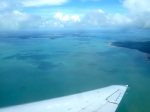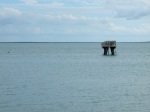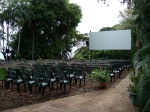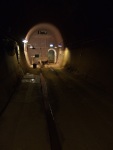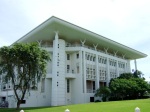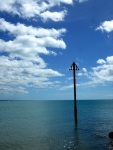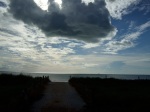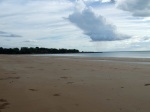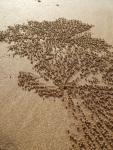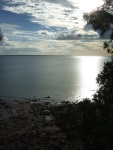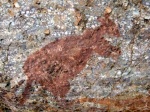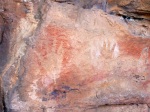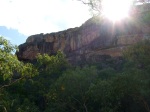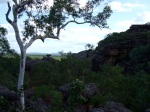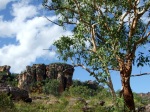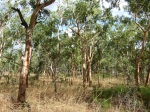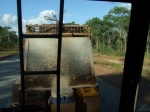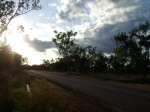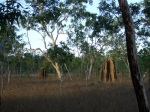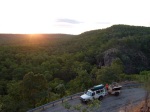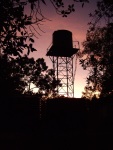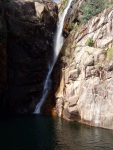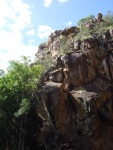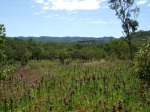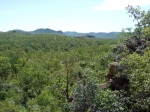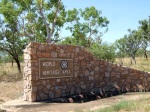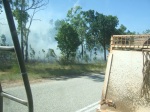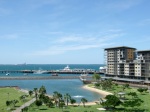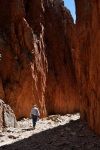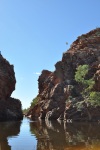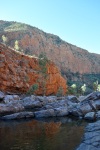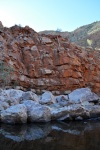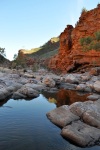Here we go again… The webcam is here or here.
2:00 am: We arrived earlier this evening (morning?) to change caps on our LN2 dewar–we’re trying to keep the detectors colder before they get to the flight line by pumping on the LN2 as long as possible. Word is the weather forecast hasn’t changed. The primary worry at this point that the low-level winds increase.
2:20 am: The CSBF electronics crew is finishing some checks; the crane is waiting outside to pick us up.
2:22 am: Rollout time!
2:45 am: We’re hanging from the crane and the SIP rollbars are on. CSBF is attaching the ballast and doing more checks of the communications.
2:46 am: These reflective safety vests we’re wearing make me think of the Beastie Boys song Intergalactic.
3:05 am: Okay, everything’s ready to go–we’re just waiting for the scheduled time to move to the flight line.
3:15 am: Just watched the weather man launch a couple of pibals (“pilot balloons”) to measure the low-level winds. They definitely blew sideways more than on a perfectly calm day, but he’ll let us know if we’re within the acceptable range. Still, it’s important for the winds to have a definite direction for balloon layout and launch. With their blinking tracking lights and loopy trajectories, the pibals look somewhat like crazed fireflies…
3:35 am: With a little Arcade Fire for mood, it’s go time.
5:30 am: Back in from flight line. It’s a nerve-wracking part of the preparations: checking that everything is working, but not being able to fix much. The worry is always that there will be a new problem that causes a launch scrub. Thankfully, we’re ready for flight.
However, indications are that the low-level winds are higher than forecast. Sounds like we’ll be watching for the next hour before a final decision is made to launch or not.
6:00 am: Low-level winds are too high right now for launch (14-18 knots at the top of the balloon). We’ll wait until 6:30 to see if they come down, but then we’ll have to scrub.
6:45 am: Scrub-a-dub-dub. Winds are too high to launch safely, so we’ve got to roll back in and start the process over…
3:30 pm: Update from the weather briefing: a frontal system is moving in which will keep us from launching for at least a couple of days. Hopefully we’ll have better luck later this week.
4/27, 3:30 pm: Update from the weather briefing: we’re showing again tomorrow, usual time. Low level winds are forecast to be on the high side again, but we just need one day…


